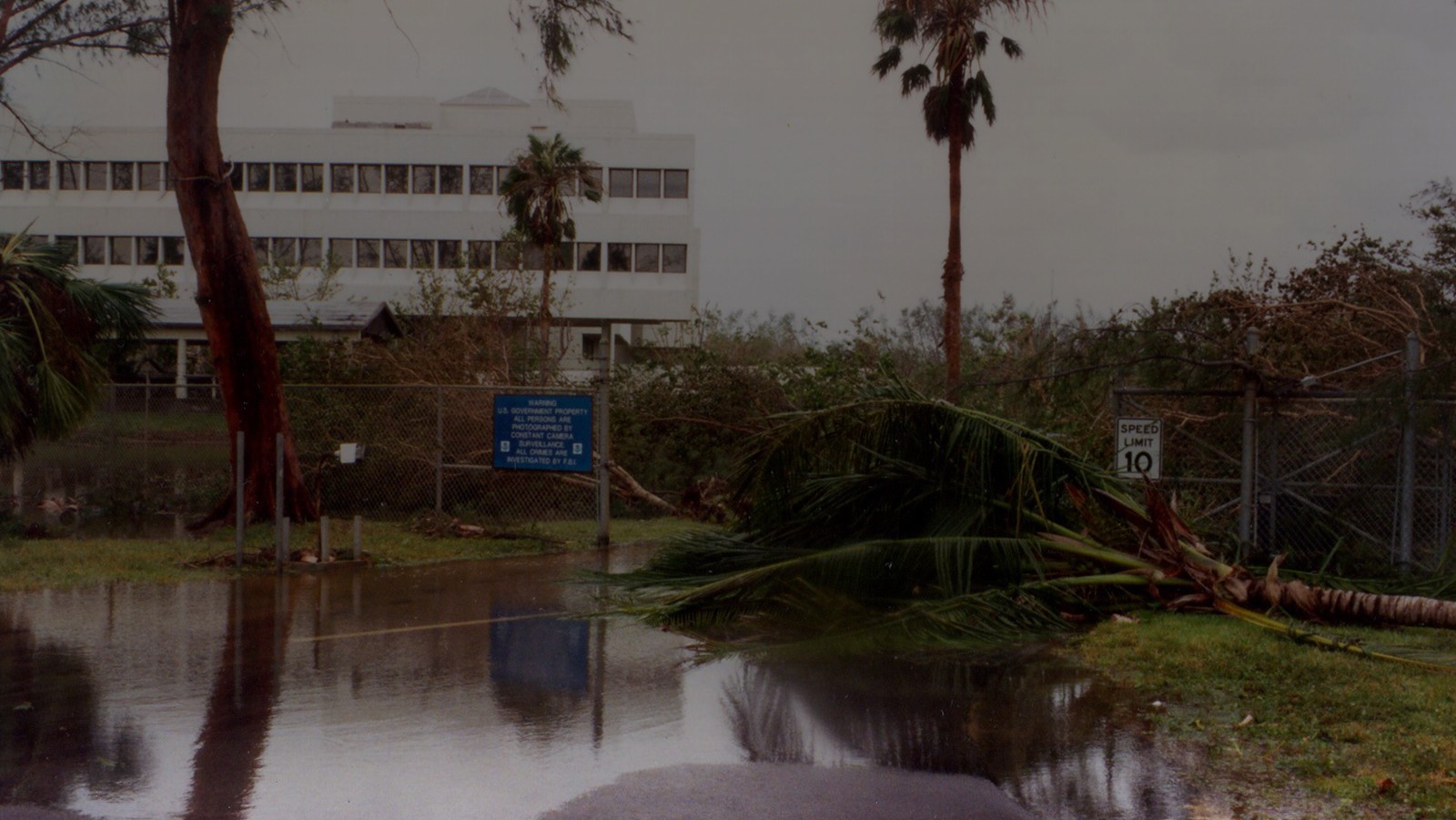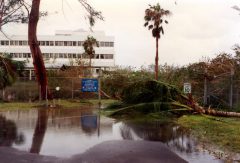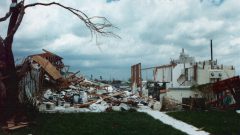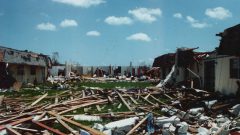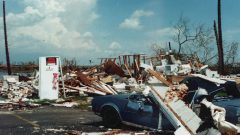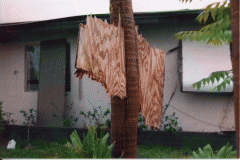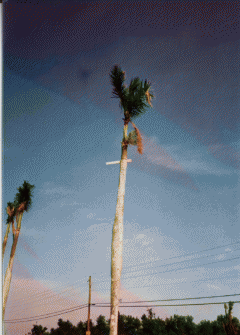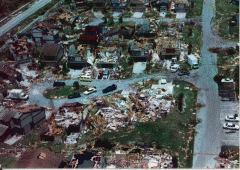Hurricane Andrew made landfall in Homestead, Florida, on August 24, 1992, with sustained wind speeds maxing out at 165 mph. This year marks the 25th anniversary of the storm, still one of the most catastrophic and costliest hurricanes in US History. Andrew was a small, compact, fast-moving, Category-5 storm that, unlike most major hurricanes, caused catastrophic damage from wind rather than storm surge and flooding. Not only did the storm reconfigure much of south Florida, causing an estimated $26.5 billion in direct damages in 1992, but it also led to a reconfiguration of the tools now used to study, forecast, prepare for, and respond to hurricanes.
Photo credit: NOAA
Image Captions
From Left:
- 1-3: Andrew aftermath: The Naranja Lakes condominium community near Homestead, Florida. Image credit: NOAA
- 4-5: Hurricane Andrew aftermath in the town of Cutler Bay, Florida. Image credit: NOAA
- 6: Hurricane Andrew aftermath in the town of Cutler Bay, Florida. Image credit: NOAA
- 7: The strength of Andrew’s winds were enough to spear flying debris through palm trees. Image credit: NOAA
- 8-9: Hurricane Andrew aftermath at the NOAA Atlantic Oceanographic and Meteorological Laboratory. Image credit: NOAA
